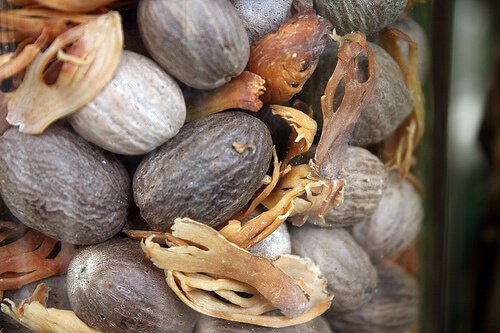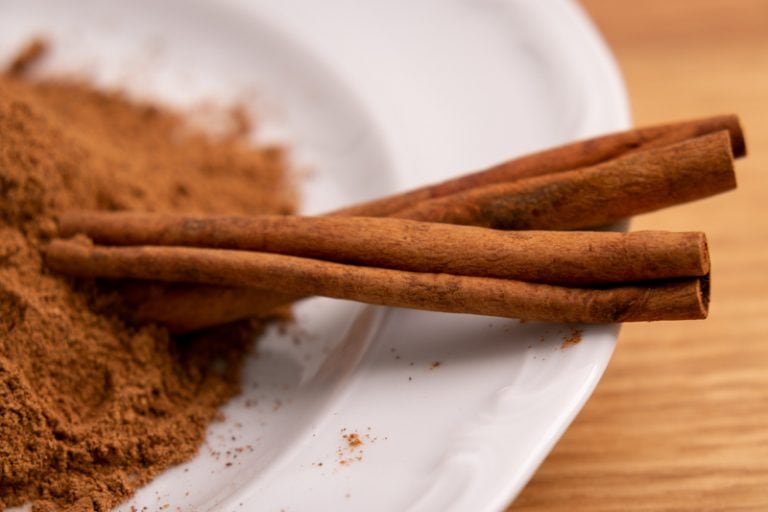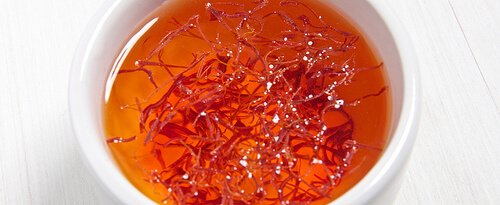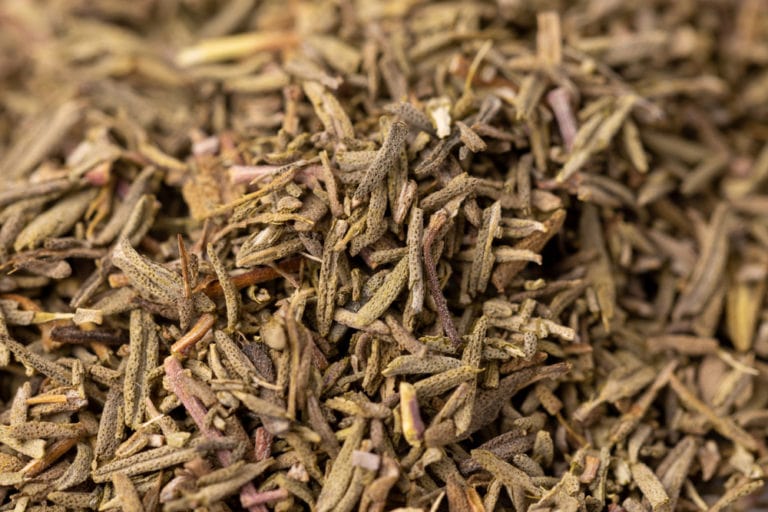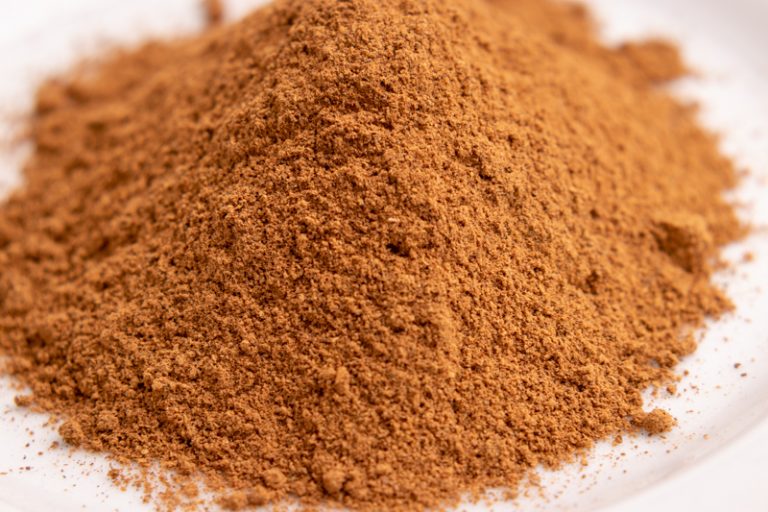Does Salt Go Bad?
It’s this time of the year when you’re cleaning your pantry or organizing spices, oils, and other long-lasting food products in the kitchen. And there’s this bag of salt that’s way past its date.
“Does salt even go bad?” is your first thought, and rightly so. That salt has been in the water of the sea (sea salt), or perhaps in rock form (Himalayan salt) for quite some time (that is, millions of years), so a couple more years probably won’t make that much of a difference, right? Right, for the most part.
But before we get to the shelf life and whether or not salt stays fine indefinitely, let’s first briefly touch upon on how to store it.
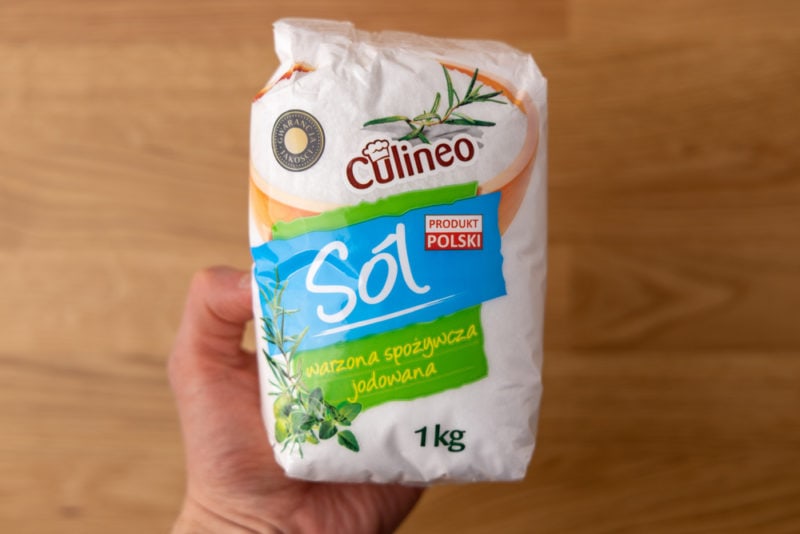
How To Store Salt
Storing salt is no different from storing other spices, like chili powder or pepper. All it needs is a cool and dry area, and being well sealed if it’s around anything that has a strong odor.
An unopened package can sit in the pantry, but once you open it up, it’s best to transfer it to the kitchen, so that you have it at an arm’s reach. Or pour some of it to a nice sealable salt container or salt shaker and store away the rest.
If it’s iodized salt, make sure to keep it away from any heat sources, as it may quickly lose its iodine content in such conditions (WIKI: IS).
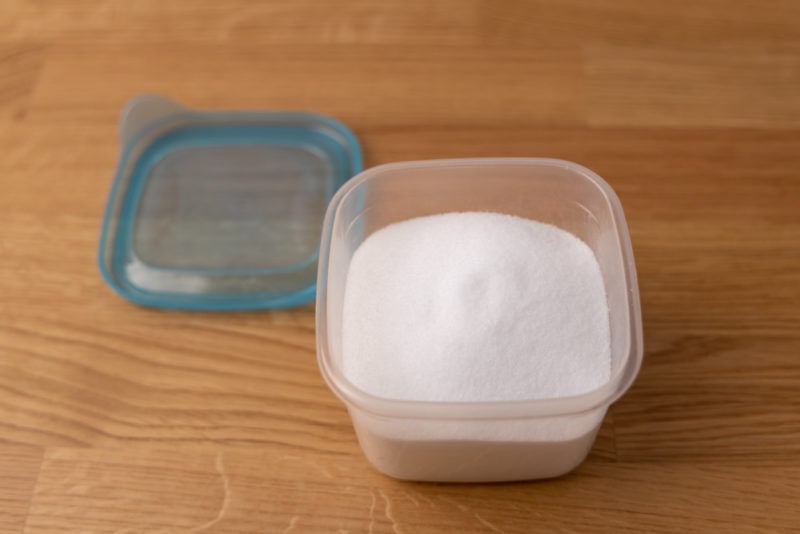
Salt (or rather some compounds that are a part of most salts), is hygroscopic, which means that it pulls moisture from the surrounding air. That’s why salt tends to clump over time.
The process is not harmful by any means, and you can break the clumps with a fork or your fingers. Keeping the spice in an airtight container when not in use will prevent clumping too.
Last but not least, salt tends to pick up odors from the environment, so it’s best to keep it in a closed cabinet, and not near the stove where all kinds of smells are present.
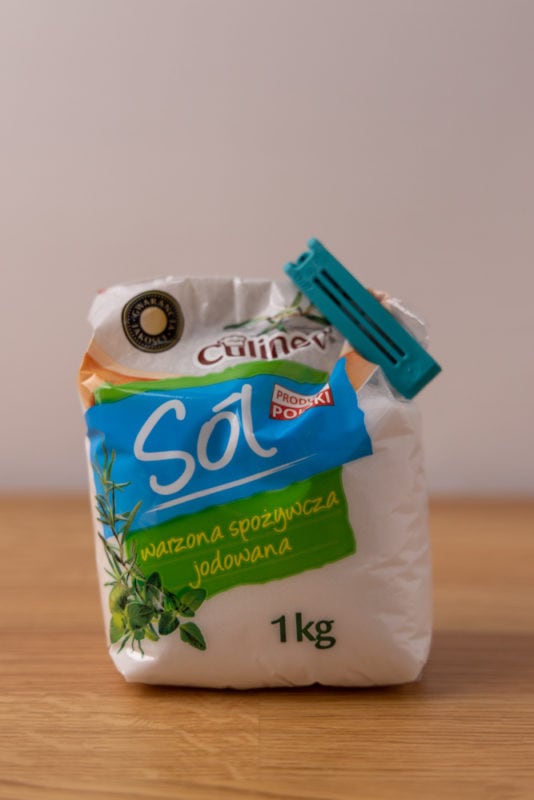
How Long Does Salt Last
Does salt last indefinitely? The best answer I can give is that the salt itself does, but some other compounds in it not necessarily so. Let’s unpack that.
Salt has been used for centuries as a preservative because it doesn’t go bad, and helps the food it’s added to not spoil that fast too. Pure salt (NaCl) doesn’t spoil because there’s no water it in, and water is what’s needed for any microbial growth. Salt helps preserve food by drawing the water out of cells (TC), and the less water, the more difficult for any microbes to grow.
The issue is that many commercially available salts aren’t pure. Unrefined sea salt contains traces of algal products (WIKI:S), iodized salt has iodine (obviously), and the pinkish Himalayan salt’s color is due to mineral impurities (WIKI: HS). And some of those “additives,” mainly the algae and iodine, don’t last forever.
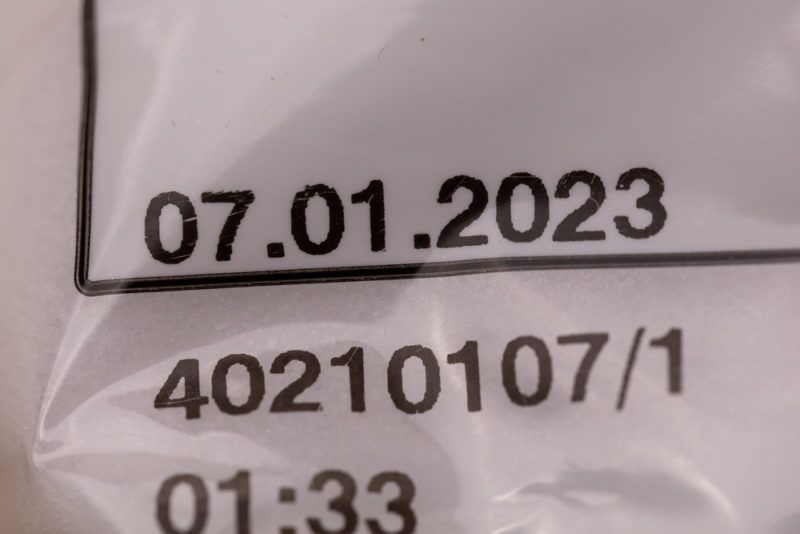
Fortunately, even though those compounds don’t stay fine indefinitely, they won’t make the salt spoil or go bad. Worst case scenario is that you won’t get much of the health benefits that the salt offers if it’s long past its date.
But my table (or kosher) salt has a “best before” date on the label, you say.
Well, many manufacturers place a date on the label because either it’s required by the law, or because people tend to trust food that comes with one more than one without it.
That’s the same reason why many brands of vinegar have a date on the label. Unless it’s iodized salt (which loses its iodine content over time (WIKI: IS)), I wouldn’t bother much with that date. The iodized variety that’s past its date won’t go bad or anything, but don’t expect to get much of the iodine from it.
| Pantry | |
|---|---|
| Salt (table, kosher, sea, Himalayan) | Stays fine indefinitely |
| Iodized salt | Best-by date for peak quality (~5 years) |
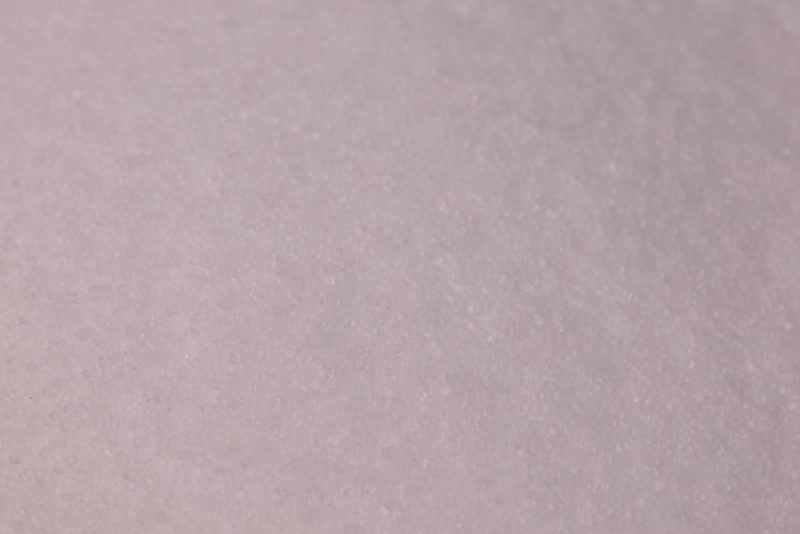
How To Tell If Salt Has Gone Bad?
Now that I told you that salt pretty much stays fine forever, you might think that this section shouldn’t exist. That’s not true.
Certain situations might render salt either useless or of so bad quality that you’d rather discard it than use it. Here they are:
- Salt smells odd. If your salt smells like something else altogether, it probably picked it up from another food product or the cooking process. Unless you want all your future dishes to smell like yesterday’s bacon and eggs, you should discard that salt.
- Dead bugs in the package. If you have a problem with pantry bugs, you might find some in the salt container too. If it’s infested, throw it away.
- Salt in a large and hard clump. If water got to salt and it formed a big clump that seems impossible to break apart without smashing it against a counter, it’s probably best to get rid of it.
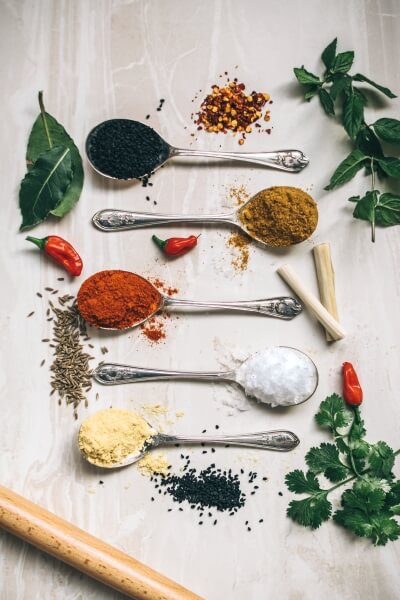
Sources
- [WIKI: S] Wikipedia: Salt
- [WIKI: IS] Wikipedia: Iodised salt
- [WIKI: HS] Wikipedia: Himalayan salt
- [TC] ThoughtCo: How Does Salt Preserve Food
Rotten Records: Share Your Snap!
Caught some food past its prime? Upload your photo to “Rotten Records” and help others spot the signs of spoilage. Every image makes our food community safer and more informed!
